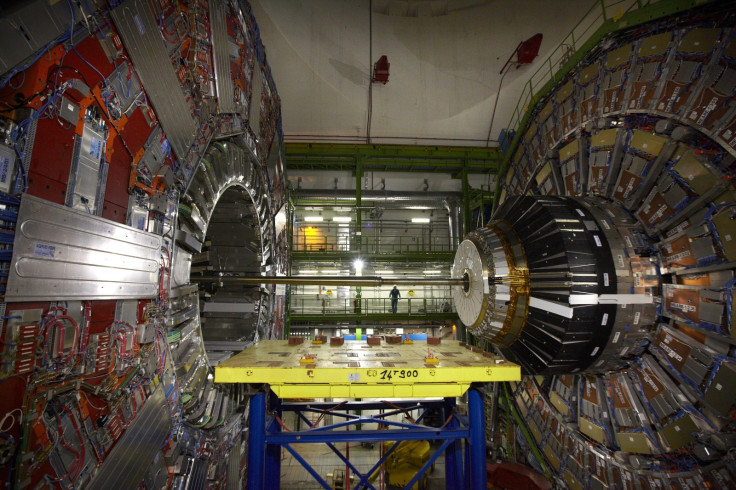Cern developing 'mini LHC' particle accelerator to treat cancer

Cern is developing a "mini Large Hadron Collider" to treat cancer through high-intensity beams produced by the 2m-long machine. The miniature linear accelerator (mini-Linac) will consist of four modules, all 50cm long. So far, just the first module has been constructed, said Serge Mathot of the CERN engineering department.
The miniature particle accelerator is a radiofrequency quadrupole (RFQ) – which is a component at the start of all proton accelerator chains and is designed to produce high-intensity beams. Scientists at Cern have been tasked with the challenge of doubling the operating frequency of the RFQ to shorten its length – a high frequency never before achieved.
Alessandra Lombardi, who is in charge of the design of the RFQ, said: "At first it seemed impossible, but eventually, thanks to new beam dynamics and innovative ideas for the radiofrequency and mechanical aspects, we came up with an accelerator design that was much better adapted to the practical requirements of medical applications."
The specifications of the mini-RFQ make it a perfect injector for high-frequency, compact linear accelerators used to treat cancer with particles – known as hadron therapy. Its small size and light weight also mean it is ideal to be set up in hospitals and produce radioactive isotopes for medical images.

"Producing isotopes on site solves the complicated issue of transporting radioactive materials and means that a wider range of isotopes can be produced," Cern said in a statement. "Small but powerful and with many potential uses, the 'mini-RFQ' will also be capable of accelerating alpha particles for advanced radiotherapy techniques, which many consider to be the new frontier in the treatment of cancer."
Maurizio Vretenar, coordinator of the mini-Linac project, said years of working on larger accelerators helped the scientists develop the mini collider: "We knew the technology was within our reach."
Scientists are now working on the later modules. Cern engineer Serge Mathod added: "With this first module we have validated all of the stages of construction and the concept in general," he said. "At first, several stages in the construction process seemed very tricky, but thanks to the experience we gained from the brazing of the cavities for Linac4 and to the skills of Cern's technical teams, we were eventually able to obtain excellent results, even when faced with a new technological challenge."
© Copyright IBTimes 2025. All rights reserved.






















